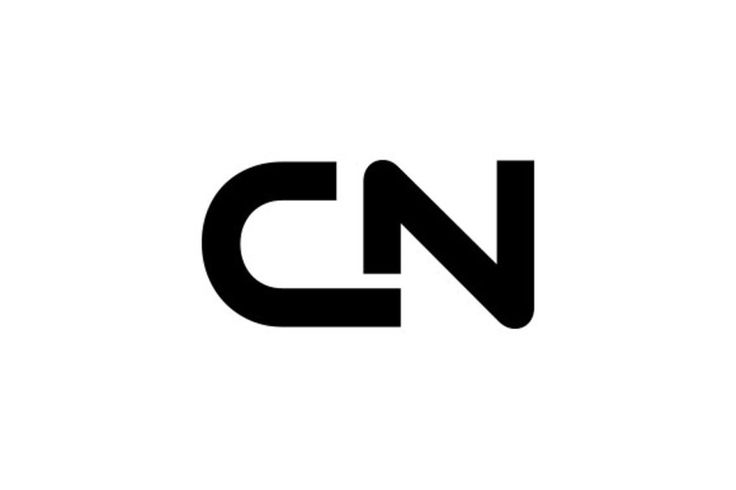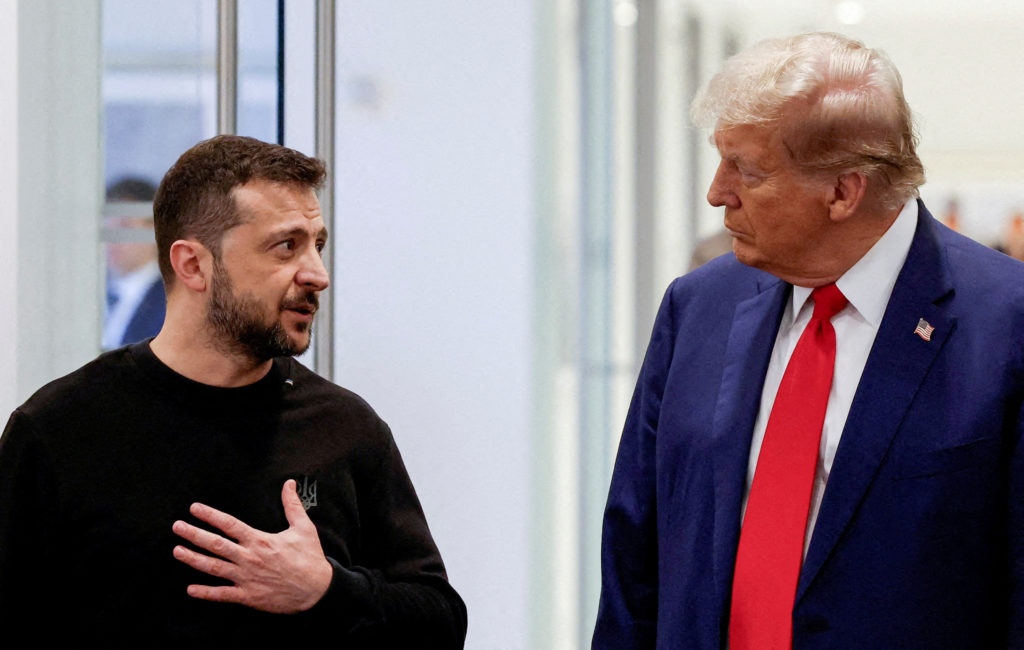How unholy alliances are defining fight for next EU budget

Good morning. I’m taking the helm of the newsletter this week while Henry is away.
Today, my colleagues take a closer look at the unlikely camps forming in the fight over the EU’s next budget, and our climate reporter previews the European Commission’s proposal for a 2040 new climate target.
Queen’s gambit
Demands for a bigger EU budget and more joint debt are piling up — with alliances forming across party lines, write Paola Tamma and Andy Bounds.
Context: The European Commission will in two weeks present its blueprint for the bloc’s multiyear budget from 2028, and capitals and political groups are making their opening moves.
In a position paper seen by the Financial Times, Poland called for “significantly higher” resources than in previous budget cycles.
Warsaw argues that new priorities like defence and competitiveness as well as the repayment of pandemic-era debt should not come at the expense of traditional big-ticket items like regional funds and agricultural subsidies, for which there “should not be less” money.
Instead, more cash should come from “additional contributions from member states and new own resources,” meaning EU-level taxes.
Joint debt should be explored “within the ‘borrowing for spending’ approach” — that is, issuing joint debt to fund grants for individual countries, the Poles write.
Poland’s position is in contrast to that of Germany and the Netherlands, who don’t want to contribute more of their national funds to the EU budget, or issue fresh joint debt.
But in this game of 3D chess, the conservative Polish government has an unlikely ally in the Socialists & Democrats (S&D) group in the European parliament.
In a letter sent to commission president Ursula von der Leyen today, the S&D calls for “a genuine system of new EU own resources together with new joint borrowing . . . in order to fund new priorities without cutting or redirecting [funds] from core EU programmes”.
They also want to earmark more money for social spending under the so-called European Social Fund. This fund “has allowed for very important social investments,” said commission vice-president Roxana Mînzatu, from the Romanian Social Democratic party that is part of the S&D.
“The next budget needs to have a strong social dimension, as strong as the competitiveness and security dimensions,” Mînzatu told the FT.
If the demands are not met, the S&D letter says the group will pull support for von der Leyen’s policy agenda, which needs parliamentary approval.
Chart du jour: Bottoms up

A new study challenges the narrative that abstinence among young people is driving a global decline in the amount of alcohol being consumed.
Green line
The EU will today present a 2040 climate target that risks going against the advice of its own scientists, the head of the COP30 climate conference and potentially its own climate law, writes Alice Hancock.
Context: The EU has pledged to cut emissions by 55 per cent by 2030, compared to 1990 levels, and reach net zero by 2050. It is due to agree an interim target for 2040, although the political atmosphere has radically changed since the reductions were agreed in 2021.
Today, the commission will propose that the bloc should cut emissions by 90 per cent by 2040, sticking to the initial trajectory, according to officials.
But — in one sop to EU governments such as France and Poland as well as industrial interests — it will also say that 3 per cent of that target may be achieved by buying “high-quality international credits” to offset emissions. Such credits allow governments or businesses to pay for the reduction of emissions elsewhere, rather than cutting their own.
By 2040, that 3 per cent will account for 145mn tonnes of carbon dioxide, roughly equivalent to the annual emissions of Austria and Greece combined.
Right-wing political groups say it is only fair that other countries step up since the EU has cut its emissions to less than 7 per cent of the global total.
But the EU’s scientific advisory board on climate change has said that using credits “even partially” would undermine domestic reduction efforts. Brazil, president of the UN’s COP30 climate conference later this year, has warned against relying on credits.
Michael Bloss, a Green MEP, said that “high quality doesn’t mean anything because there are currently no high quality standards anywhere” on such certificates.
The EU’s 2021 climate law also states that the EU should balance emissions cuts with carbon removal “domestically”, suggesting that the commission could be contravening its own climate law.
EU officials however say that the law will be adjusted to allow for the international dimension of the credits, and that they are an important boost for third countries’ climate goals.
What to watch today
-
EU Council president António Costa meets China’s foreign affairs minister Wang Yi in Brussels.
-
College of European commissioners meets.
Now read these
-
Junkyard: Sales of risky European corporate debt have surged to record levels in June, as companies take advantage of investors shifting capital out of US markets.
-
Papers please: Poland is reimposing checks along its borders with Germany and Lithuania, in retaliation against a similar move by Berlin.
-
No deal?: Donald Trump has cast doubt that the US would reach a deal with Japan, as he escalated his trade rhetoric and singled out Tokyo.
Are you enjoying Europe Express? Sign up here to have it delivered straight to your inbox every workday at 7am CET and on Saturdays at noon CET. Do tell us what you think, we love to hear from you: europe.express@ft.com. Keep up with the latest European stories @FT Europe





